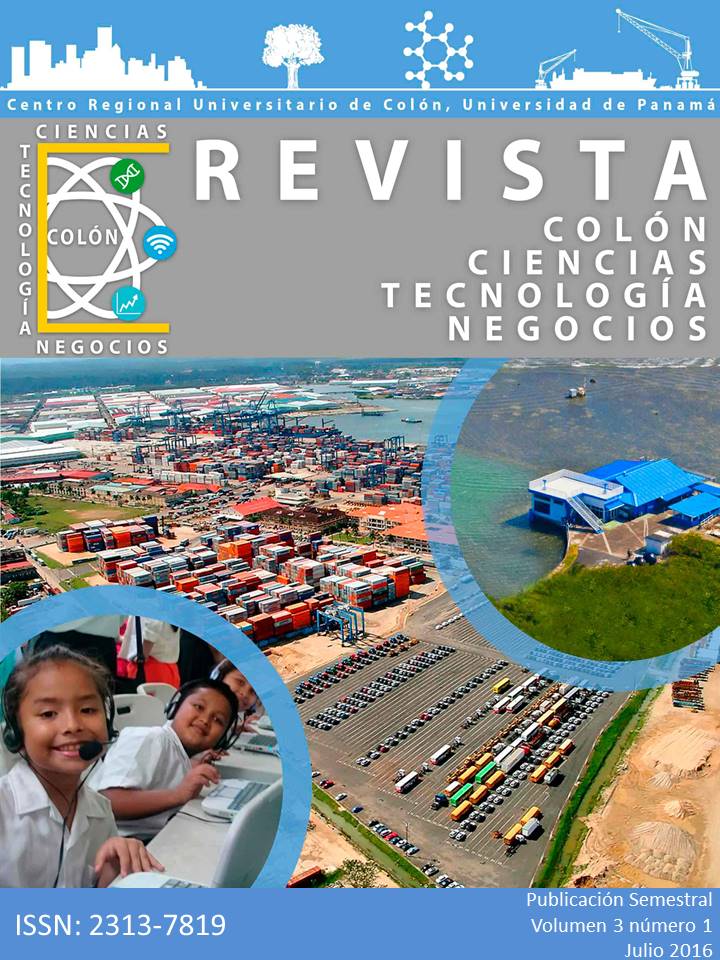

Dengue is an important disease that affects humans and is transmitted by Aedes aegypti Linnaeus, 1758. A study on larvae abundance and distribution, as well as their relationship with dengue dispersion, was carried out from August 2014 to February 2015 in Colon City. The study included two sectors, Barrio Norte and Barrio Sur, within 19 blocks. Samples of mosquito larvae were taken on each block. The larvae density index (LDI) was calculated and epidemiology data was also used to obtain the dengue dispersion map. The highest abundance of larvae (155 and 100) was found in September and October, 2014. In both September and October, block 3 (Barrio Norte) and block 9 (Barrio Norte) during September, and block 4 (Barrio Norte) and block 10 (Barrio Norte) during October. Meanwhile block 1 (Barrio Norte) and block 18 (Barrio Sur) showed the lowest LDI (0.0). The block LDI measures showed block 3 (Barrio Norte) have the highest LDI (2.83), follow by blocks 9 and 10 (2.33 y 2.04) with the highest epidemiology dengue dispersion. The Pearson correlation (p <0.05) showed better values with the mean temperature (r=0.432) and relative humidity (r=0.435); while the cases of dengue) is mostly related with the number of larvae (r=0.98). The map of epidemiological dispersion is used as a measure of the dengue risk areas in Colon City. This information allows developing better mosquito control measures in this location.